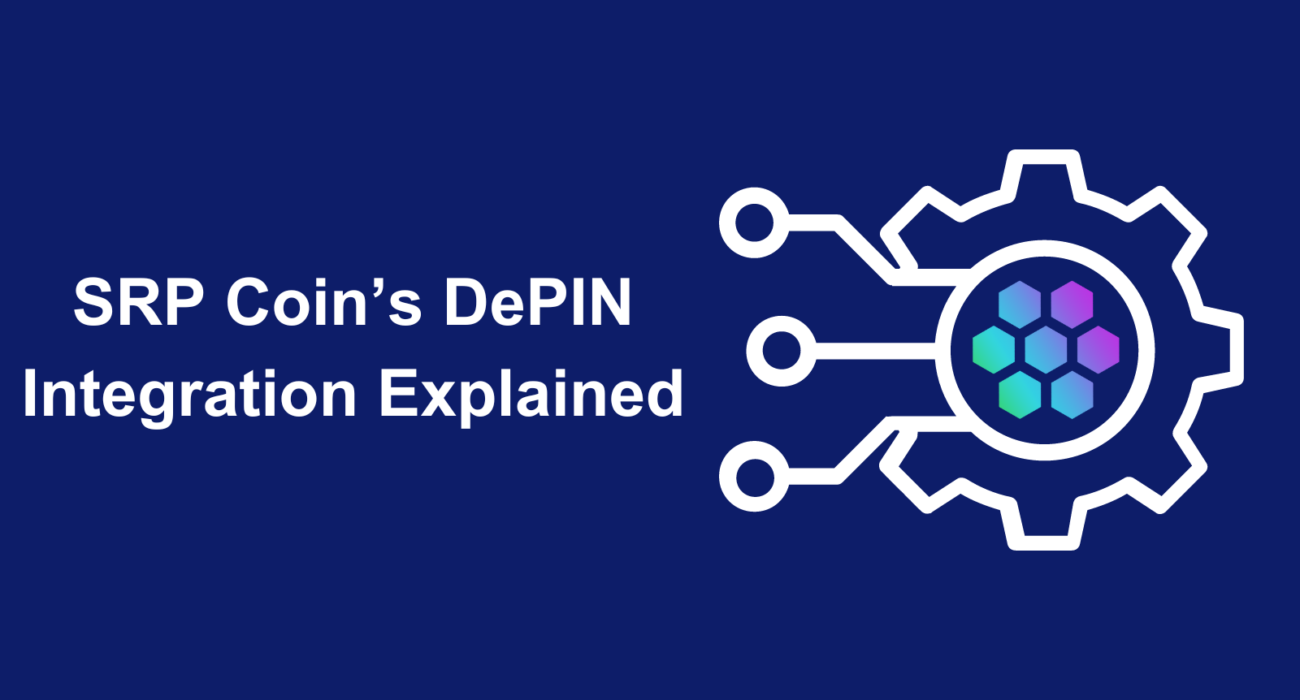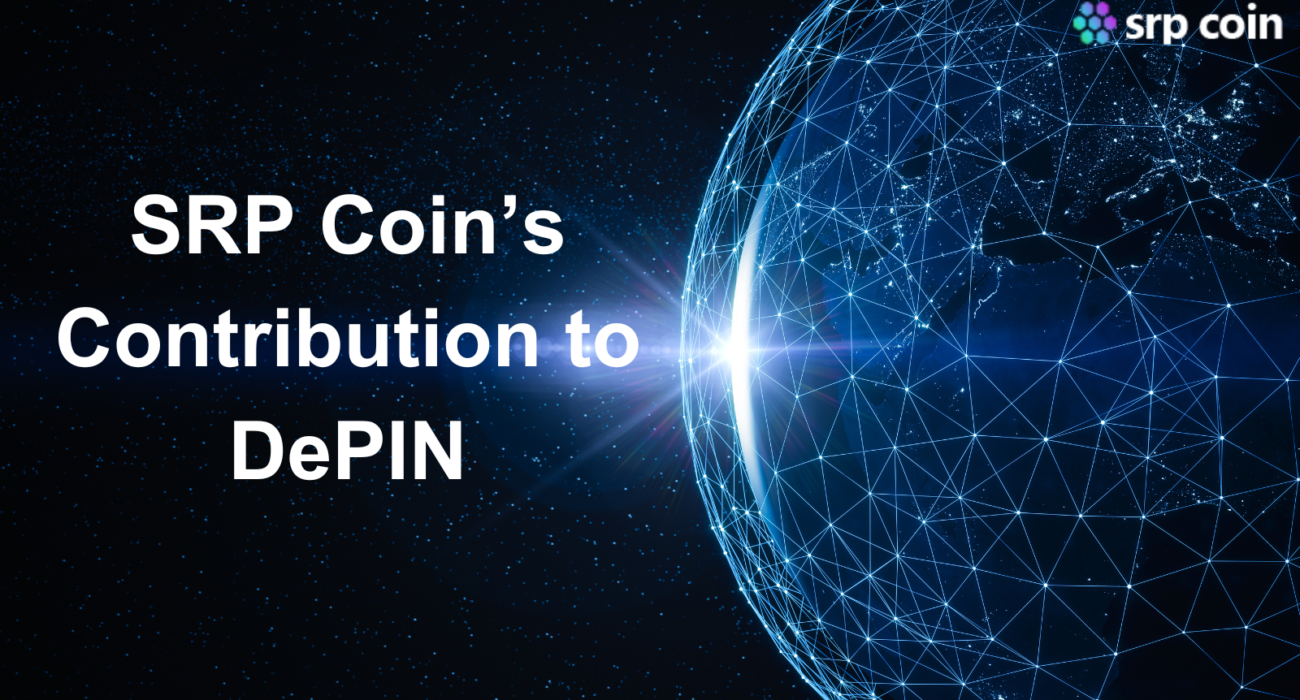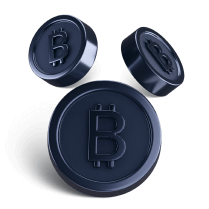In recent years, blockchain technology has taken major strides toward decentralizing various systems, empowering users, and enhancing security. One of the most promising innovations in this space is Decentralized Physical Infrastructure Networks (DePIN). DePIN represents a shift from traditional centralized systems to more secure, decentralized networks that rely on user participation and trustless protocols. A major player in this space is SRP Coin, a digital currency designed to bolster security, interoperability, and efficiency within DePIN ecosystems. In this blog, we’ll explore SRP Coin’s contribution to DePIN, how it strengthens the network’s core, and why it holds such great potential for the future of blockchain-based infrastructure.
What Is SRP Coin?
Before we delve into SRP Coin’s contribution to DePIN, let’s briefly examine what SRP Coin is. SRP Coin is a cryptocurrency that operates on its own blockchain network, designed to facilitate fast, secure, and decentralized transactions. The coin was built with a focus on enhancing security protocols, ensuring that transactions are seamless while maintaining the privacy and integrity of user data.
Its integration with DePIN technology positions SRP Coin as a key player in the development of decentralized infrastructures. By supporting blockchain projects focused on decentralization and user empowerment, SRP Coin creates an environment where physical and digital assets can securely interact.
Understanding DePIN (Decentralized Physical Infrastructure Networks)
Decentralized Physical Infrastructure Networks, or DePIN, represent a major innovation in the blockchain space. Unlike traditional infrastructure systems, DePIN is not controlled by a single central entity. Instead, it operates on a decentralized model, where users participate directly in the network, contributing resources and services.
This decentralized model has numerous advantages, such as increased privacy, improved security, and reduced reliance on centralized authorities. Moreover, it enables greater scalability and resilience, as networks built on DePIN principles can grow organically and withstand various types of threats. DePIN is especially relevant in industries such as cloud computing, supply chain management, IoT, and financial services, where decentralization offers distinct advantages.
SRP Coin’s Contribution to DePIN
Now that we have a clearer understanding of SRP Coin and DePIN, it’s time to explore the core of this blog: SRP Coin’s contribution to DePIN. The cryptocurrency plays a vital role in enhancing the capabilities and performance of DePIN in the following ways:
1. Strengthening Security
One of the key pillars of SRP Coin’s contribution to DePIN is the security enhancement it provides. DePIN networks require robust security measures to ensure that user data, transactions, and assets remain safe from cyber threats. SRP Coin is designed with cutting-edge encryption and security protocols that make it difficult for malicious actors to exploit the system.
By using SRP Coin within DePIN ecosystems, participants can trust that their transactions are secure and protected from unauthorized access. Additionally, SRP Coin helps authenticate participants in the network, ensuring that only verified users can contribute and interact with the system. This not only strengthens individual security but also fortifies the overall infrastructure.
2. Facilitating Seamless Peer-to-Peer Transactions
This seamless transaction capability is particularly valuable in industries where microtransactions and cross-border payments are common, such as financial services, e-commerce, and gaming. By using SRP Coin for P2P payments, users can avoid the high fees and delays associated with traditional payment systems, allowing them to fully benefit from the decentralized nature of DePIN.
3. Boosting Interoperability Between Blockchain Networks
Interoperability plays a crucial role in decentralized networks by enabling different systems and networks to communicate and collaborate effectively. SRP Coin’s contribution to DePIN extends to its role in improving interoperability between blockchain networks. By using SRP Coin as a bridge, different DePIN-based systems can easily interact with one another, facilitating the exchange of data, assets, and services across multiple platforms.
This enhanced interoperability ensures that users can move freely between various DePIN networks without facing technical barriers or security risks. It also promotes collaboration between different blockchain projects, enabling them to share resources and build a more interconnected decentralized infrastructure.
4. Supporting Decentralization of Physical Infrastructure
The very essence of SRP Coin’s contribution to DePIN is its support for the decentralization of physical infrastructure. Traditional infrastructure systems, such as those used in cloud computing or telecommunications, are often controlled by centralized authorities, which can create bottlenecks, security vulnerabilities, and inefficiencies. DePIN aims to decentralize these systems by distributing resources and control across a network of participants.
SRP Coin plays a critical role in this process by enabling participants to securely and efficiently interact with the decentralized infrastructure. SRP Coin incentivizes users to contribute computational power, share bandwidth, and provide storage in the network. This participation ensures fair resource distribution and maintains the system’s resilience.
5. Incentivizing User Participation
One of the challenges faced by decentralized networks is encouraging users to participate in the system. Without sufficient participation, the network may struggle to scale and maintain its decentralization. SRP Coin’s contribution to DePIN addresses this issue by providing incentives for users to actively contribute to the network.
By earning SRP Coin for their participation, users are motivated to provide resources, secure transactions, and maintain the network’s overall health. This incentivization model ensures that the DePIN network remains decentralized and robust, as participants are rewarded for their contributions to the system.
Real-World Applications of SRP Coin in DePIN
The impact of SRP Coin’s contribution to DePIN can be seen in a variety of real-world applications. From secure P2P payments to decentralized storage solutions, SRP Coin is helping to drive innovation across multiple industries.
1. Finance and Banking
In the financial sector, SRP Coin enables secure and low-cost cross-border transactions, providing an alternative to traditional banking systems. By integrating with DePIN, financial institutions can offer decentralized services that are more secure, transparent, and efficient.
2. Supply Chain Management
Currently, SRP Coin and DePIN are not part of supply chain management. However, they hold great potential for future applications in this field. Once integrated, these technologies could enable tracking and verification of goods’ movement across borders, helping companies reduce fraud, improve transparency, and ensure the safe and secure delivery of their products.
3. Cloud Storage
In the world of cloud storage, SRP Coin’s contribution to DePIN is helping to create decentralized storage solutions that are more secure and scalable than traditional systems. By using SRP Coin to pay for storage resources, users can access decentralized storage services that are resistant to hacking and data breaches.
Why SRP Coin and DePIN Are a Perfect Match
The Future of SRP Coin and DePIN Integration
Conclusion
In conclusion, SRP Coin’s contribution to DePIN is a critical factor in the development of decentralized infrastructure. By enhancing security, facilitating P2P transactions, boosting interoperability, and supporting the decentralization of physical infrastructure, SRP Coin is helping to build the future of blockchain-based networks.
As SRP Coin and DePIN continue to evolve, their partnership will likely play a central role in the broader adoption of decentralized systems, providing users with greater privacy, security, and control over their digital and physical assets.

 China
China Russia
Russia India
India









